What to Do When Your Bathroom Floods? Dealing with a flooded bathroom can be overwhelming, but knowing the right steps to take can help minimize the damage and restore your bathroom to its former glory. Let’s go through the process of handling a bathroom flood, from immediate actions to long-term preventive measures.
Immediate Actions to Take When Your Bathroom Floods
When faced with a flooded bathroom, it’s crucial to act swiftly to prevent further damage. Follow these immediate steps to mitigate the situation:
1. Ensure safety: The first and foremost to turn off the power supply to the affected area if there is standing water near electrical outlets or appliances to prevent electrocution.
2. Turn off the water supply: Locate the shut-off valve near the toilet or under the sink and turn it off. This will stop the flow of water and prevent additional flooding.
3. Remove excess water: Use towels, mops, or a wet/dry vacuum to soak up as much water as possible. Dispose of the water in a suitable drainage area.
4. Identify the source of the problem: Determine the cause of the flood. It could be a burst pipe, clogged drain, or toilet overflow. Understanding the source will help you address the issue effectively.
5.Protect belongings: Move any valuable items or furniture away from the flooded area to prevent further damage.
6. Assess for potential hazards: Check for any signs of structural damage, sagging ceilings, or weakened floors. If you suspect significant damage, evacuate the area and seek professional assistance.
7. Promote ventilation: Open windows, turn on fans, or use dehumidifiers to help dry out the area and prevent mold growth.
8. Document the damage: Take photos or videos of the flooded area and any affected belongings for insurance claims.
9. Contact professionals if needed: If the flooding is extensive, beyond your ability to handle, or if you suspect hidden damage, contact a water damage restoration service or plumber for assistance.

Calling for Professional Help When Your Bathroom Floods
While you can handle immediate actions yourself, certain situations may require professional assistance. Consider the following:
1. Plumber: If the cause of the flood is a burst pipe or a persistent clog, it’s advisable to contact a licensed plumber. They have the expertise to fix the issue and prevent it from recurring.
2. Water damage restoration company: In cases where the flooding is extensive or if there is potential for structural damage, it’s wise to engage a water damage restoration company. They have specialized equipment to extract water, dry the affected area, and mitigate further damage.
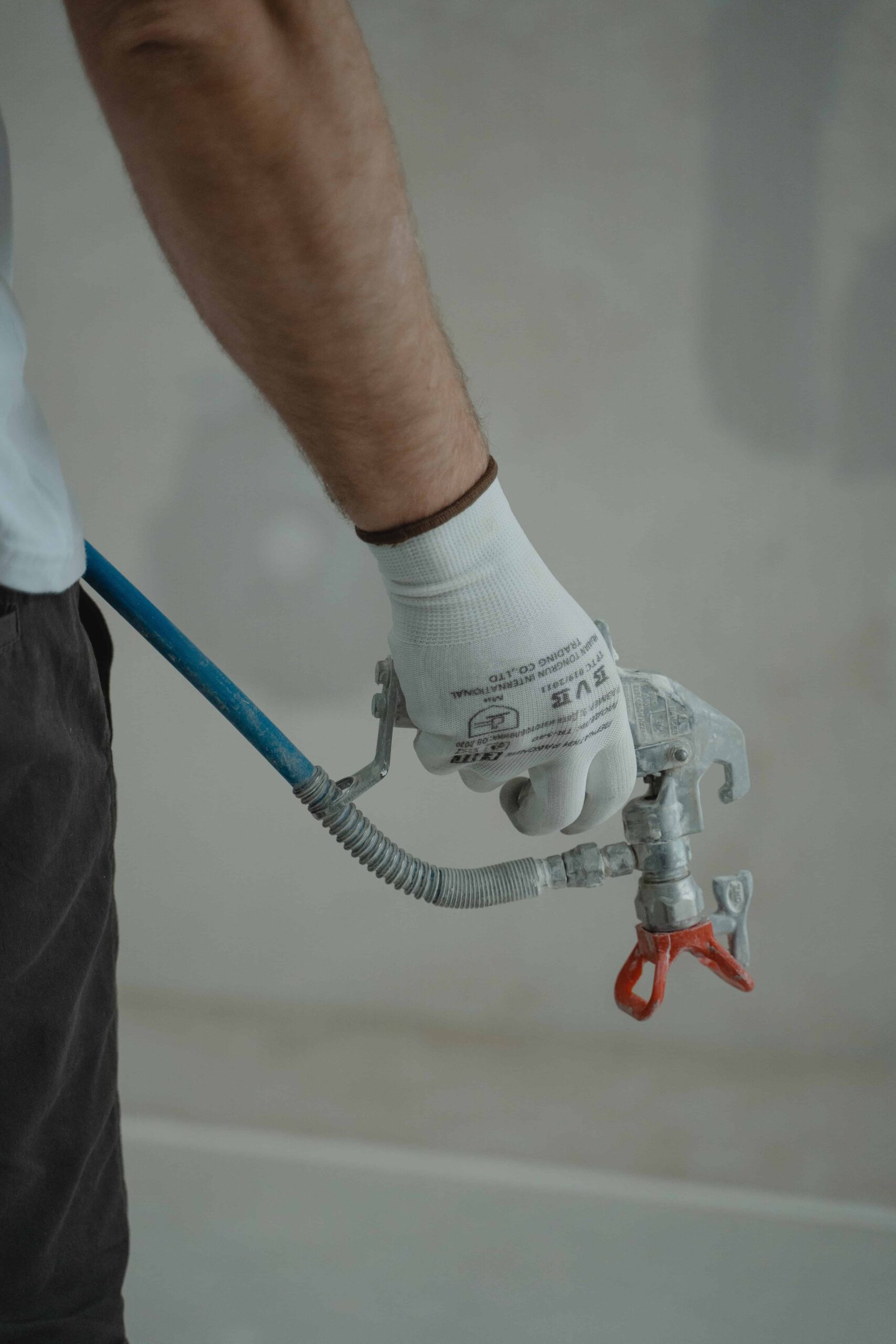
Drying and Cleaning the Affected Area
Once the immediate threat is addressed, it’s essential to dry and clean the flooded area properly. Follow these steps:
1. Use fans and dehumidifiers: Increase air circulation and reduce moisture by using fans and dehumidifiers. This will aid in drying out the affected area and prevent mold growth.
2. Disinfect the area: Use a mild disinfectant to sanitize the bathroom and prevent bacteria or mold from proliferating.
3. Remove damaged materials: If any fixtures, flooring, or wall materials have been extensively damaged, it may be necessary to remove and replace them. Water-soaked materials can lead to further issues such as mold growth or structural damage.
17 Preventive Measures to Avoid Future Bathroom Floods
Prevention is key to avoiding future bathroom floods. Here are some preventive measures you can take:
1. Regular maintenance
Inspect your plumbing system regularly to identify and fix potential issues before they escalate.
2. Install a shut-off valve
Consider installing a shut-off valve for your bathroom. This will allow you to isolate the water supply in case of an emergency.
3. Avoid flushing inappropriate items
Educate household members about what should and shouldn’t be flushed down the toilet. Items like wipes, cotton balls, and excessive toilet paper can cause clogs and potential flooding.
4. Assess electrical safety
If there is standing water in the bathroom, be cautious of any electrical outlets or appliances that may have come into contact with the water. It’s important to ensure the area is safe before proceeding with any restoration or repairs.
5. Ventilate the area
Open windows and use fans to promote air circulation in the bathroom. This helps to dry out the space and prevent musty odors.
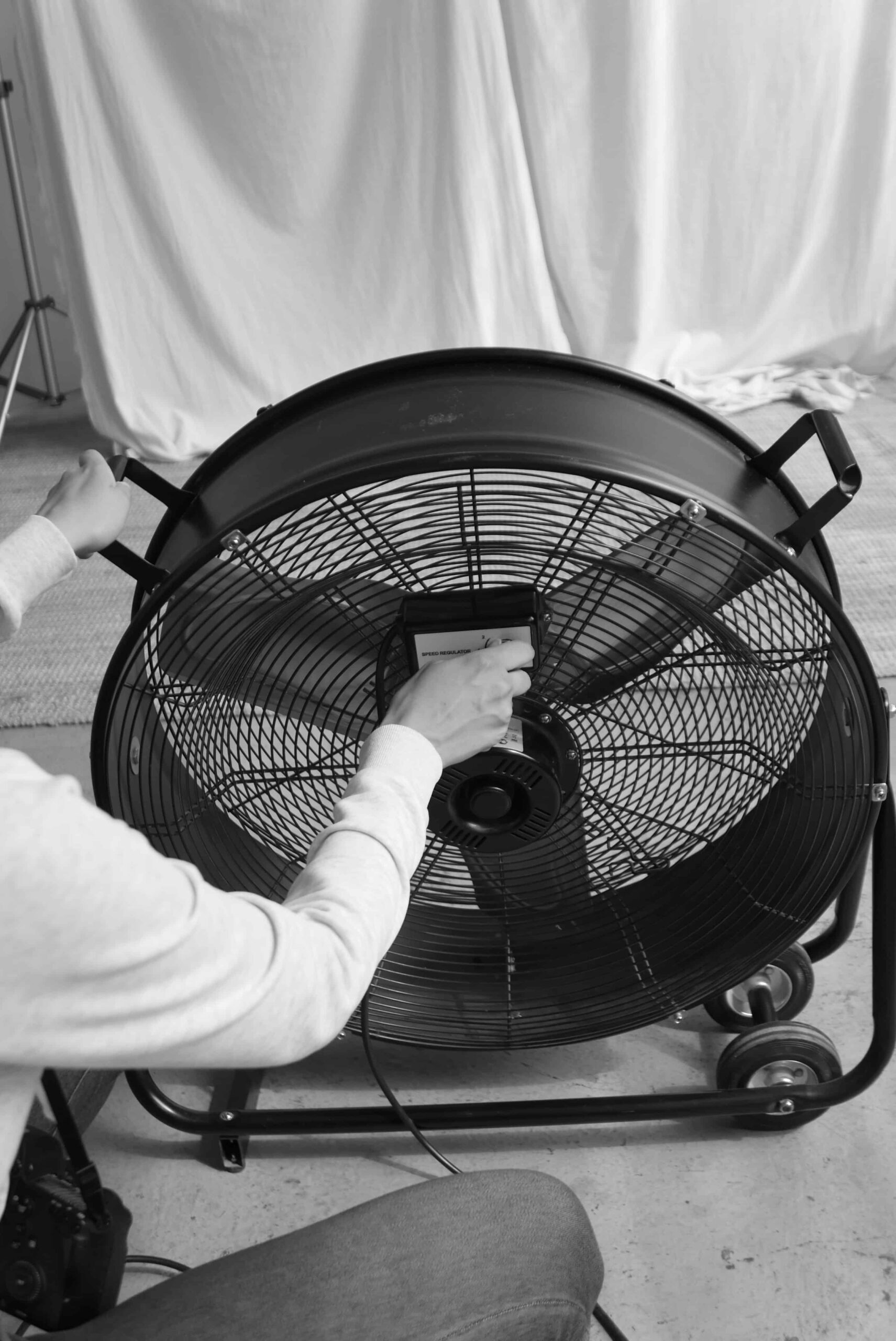
6. Check for hidden leaks
After the initial flooding is resolved, inspect the surrounding areas such as walls, floors, and cabinets for any signs of hidden leaks. Addressing these issues promptly can prevent future bathroom floods.
7. Consider waterproofing
If you live in an area prone to frequent bathroom flooding, it may be worth considering waterproofing solutions. These can include applying waterproof coatings to walls or installing water-resistant flooring.
8. Dispose of damaged items properly
If you need to discard any damaged items, such as carpets or soaked insulation, follow local regulations for proper disposal. Some materials may need to be handled as hazardous waste.
9. Check for mold growth
Even if you have thoroughly dried the affected area, monitor it for any signs of mold growth in the following days or weeks. If mold appears, it’s crucial to address it promptly to prevent health issues.
10. Educate family members
Ensure that everyone in your household understands the importance of proper bathroom usage to prevent future flooding incidents. Teach children not to play with water in the bathroom and emphasize the appropriate use of toilets and drains.
11. Maintain a backup plan
Prepare a plan in case of future bathroom floods. Keep emergency contact numbers handy for plumbers and water damage restoration companies. Additionally, store essential tools such as a wet/dry vacuum or a bucket for immediate response.
12. Consider flood insurance
Depending on your geographical location and the likelihood of bathroom flooding, you may want to explore obtaining flood insurance coverage to provide financial protection in case of future incidents.
13. Regularly test shut-off valves
Ensure that shut-off valves for toilets, sinks, and showers are in good working condition. Test them periodically to confirm their functionality and make any necessary repairs or replacements.
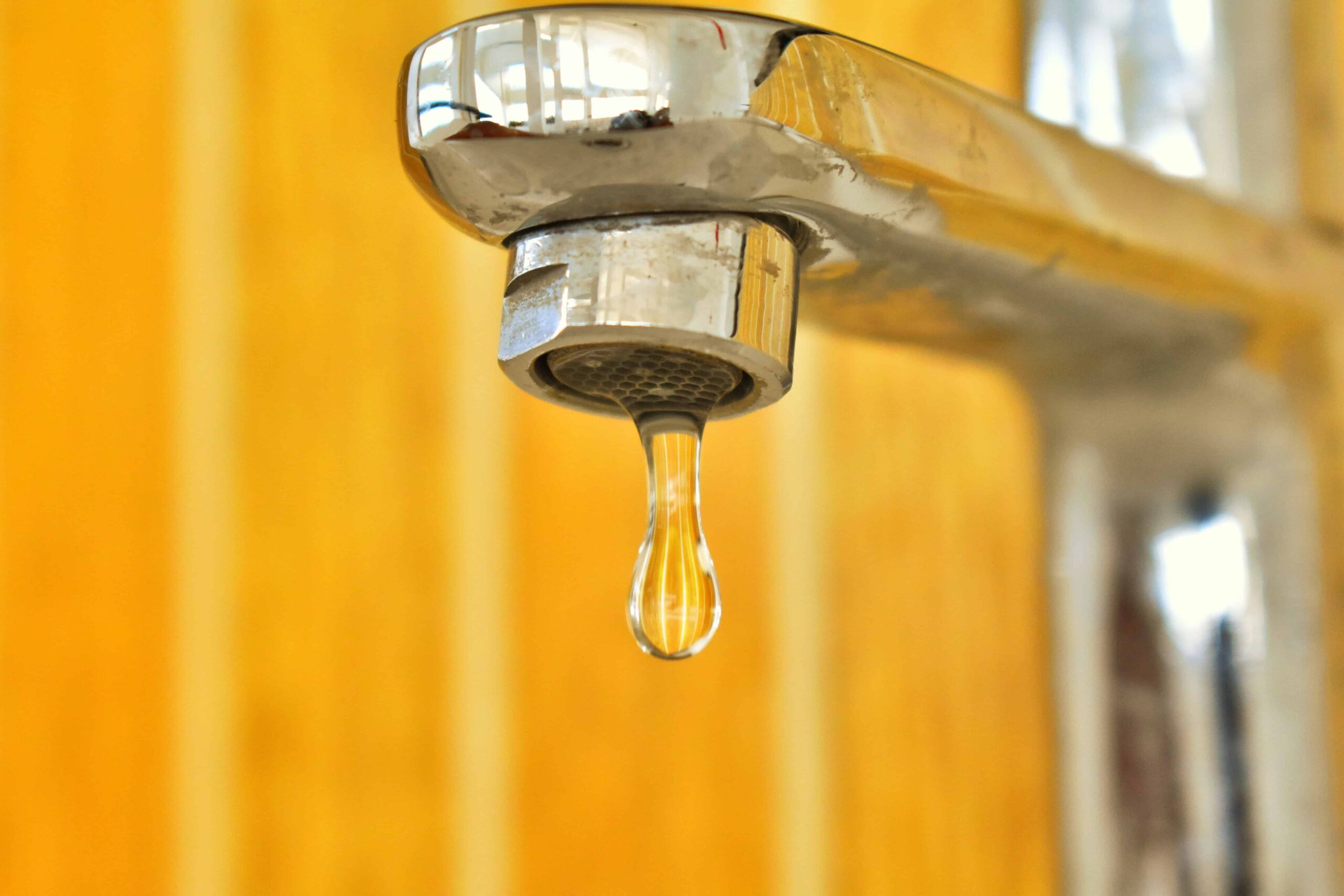
14. Educate yourself on basic plumbing repairs
While it’s always advisable to consult a professional for major plumbing issues, learning basic plumbing repairs can help you handle minor problems swiftly and avoid potential flooding.
15. Inspect bathroom fixtures
Check the condition of your bathroom fixtures regularly. Look for signs of wear and tear, loose connections, or faulty components. Addressing these issues proactively can prevent sudden bathroom floods.
16. Keep contact information accessible
Store the contact information of a trusted plumber and water damage restoration company in your phone or address book. Having quick access to their services can save precious time during emergencies.
17. Create an emergency kit
Assemble a small emergency kit containing items such as waterproof gloves, rubber boots, a flashlight, and a first aid kit. This will help you stay prepared and protected during bathroom flooding situations.
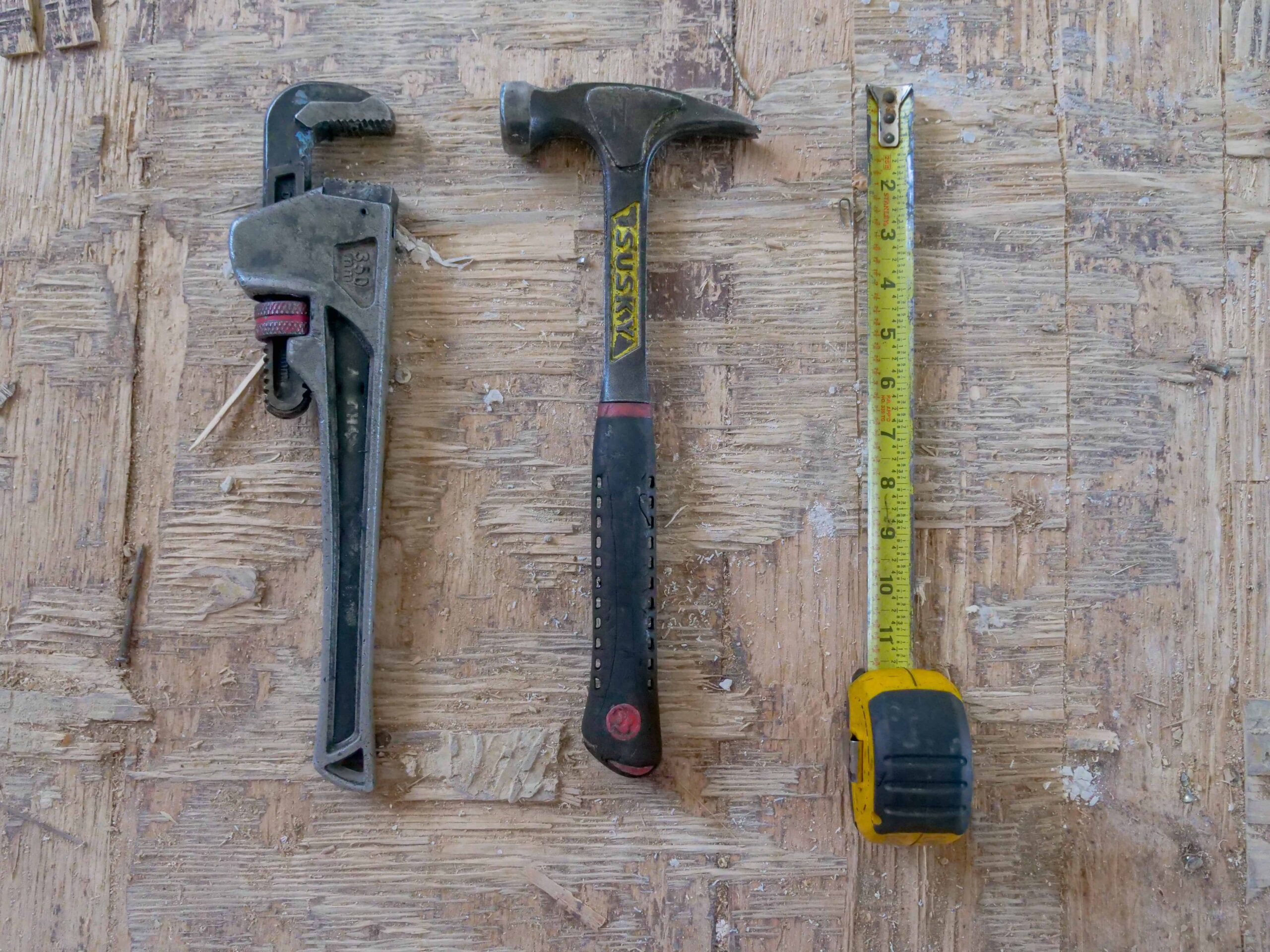
Conclusion
Dealing with a flooded bathroom can be a challenging and stressful experience. However, by taking immediate actions, calling for professional help when necessary, and implementing preventive measures, you can effectively manage the situation and minimize the damage.
Remember to act quickly by turning off the water supply, removing excess water, and identifying the source of the problem. Calling a plumber or water damage restoration company can provide the expertise needed for more severe cases. Ensure thorough drying and cleaning of the affected area to prevent mold growth and further damage.
Prevention is key to avoiding future bathroom floods. Regular maintenance, the installation of shut-off valves, and educating household members on proper bathroom usage can significantly reduce the risk. If you have insurance coverage, documenting the damage and contacting your insurance provider will facilitate the claims process.
By following these guidelines and considering additional preventive measures such as waterproofing and maintaining a backup plan, you can safeguard your bathroom against potential floods.
Lastly, remember to stay informed about basic plumbing repairs, keep contact information of professionals accessible, and create an emergency kit for quick response during unexpected situations.
By being proactive and well-prepared, you can effectively navigate the challenges of a flooded bathroom and ensure the safety and functionality of your space for years to come.
FAQ’s – What to Do When Your Bathroom Floods
How do you deal with a flooded bathroom?
To deal with a flooded bathroom, first, turn off the water source to prevent further flooding. Then, remove excess water using a mop or towels. Use a wet-dry vacuum if available. Dry the affected area thoroughly, and if necessary, use fans or dehumidifiers to prevent mold growth.
How do you fix a flooded bathroom floor?
To fix a flooded bathroom floor, start by turning off the water source to prevent more flooding. Remove any standing water using a mop, towels, or a wet-dry vacuum. Dry the area completely and check for any water damage. If necessary, repair or replace damaged flooring, baseboards, or any affected fixtures.
What to do when upstairs sink overflows?
When an upstairs sink overflows, take the following steps:
1. Turn off the water: Locate the water shut-off valve for the sink and turn it off immediately to stop the flow of water.
2. Protect the area: Place towels or buckets to contain and absorb the water to prevent it from spreading further.
3. Address the cause: Identify the reason for the overflow, such as a clogged drain or a malfunctioning faucet. Unclog the drain or fix the issue if possible.
4. Clean up the water: Use towels, mops, or a wet-dry vacuum to remove the standing water from the floor. Ensure the area is thoroughly dried to prevent water damage or mold growth.
5. Inspect for damage: Check for any water damage on the floor, walls, or ceiling. Address any necessary repairs or contact a professional if significant damage is present.
6. Prevent future incidents: Advise residents to avoid overloading the sink and dispose of debris properly. Regularly maintain the plumbing system to prevent clogs or malfunctions.
If the situation escalates or the damage is severe, it’s recommended to consult a professional plumber or water damage restoration service for assistance.
Why is my bathroom floor flooded?
There could be various reasons for a flooded bathroom floor, such as a clogged drain, malfunctioning plumbing fixtures, damaged pipes, a leaking toilet, or excessive water usage. Identifying the specific cause requires investigation and may require the assistance of a plumber to resolve the issue.
What are the bathroom flooding causes?
Bathroom flooding can be caused by several factors, including clogged or blocked drains, overflowing toilets, leaking pipes or fixtures, burst pipes, plumbing system malfunctions, improper installation, excessive water usage, or accidents like leaving taps running. Proper maintenance, regular inspections, and prompt repairs can help prevent such incidents.

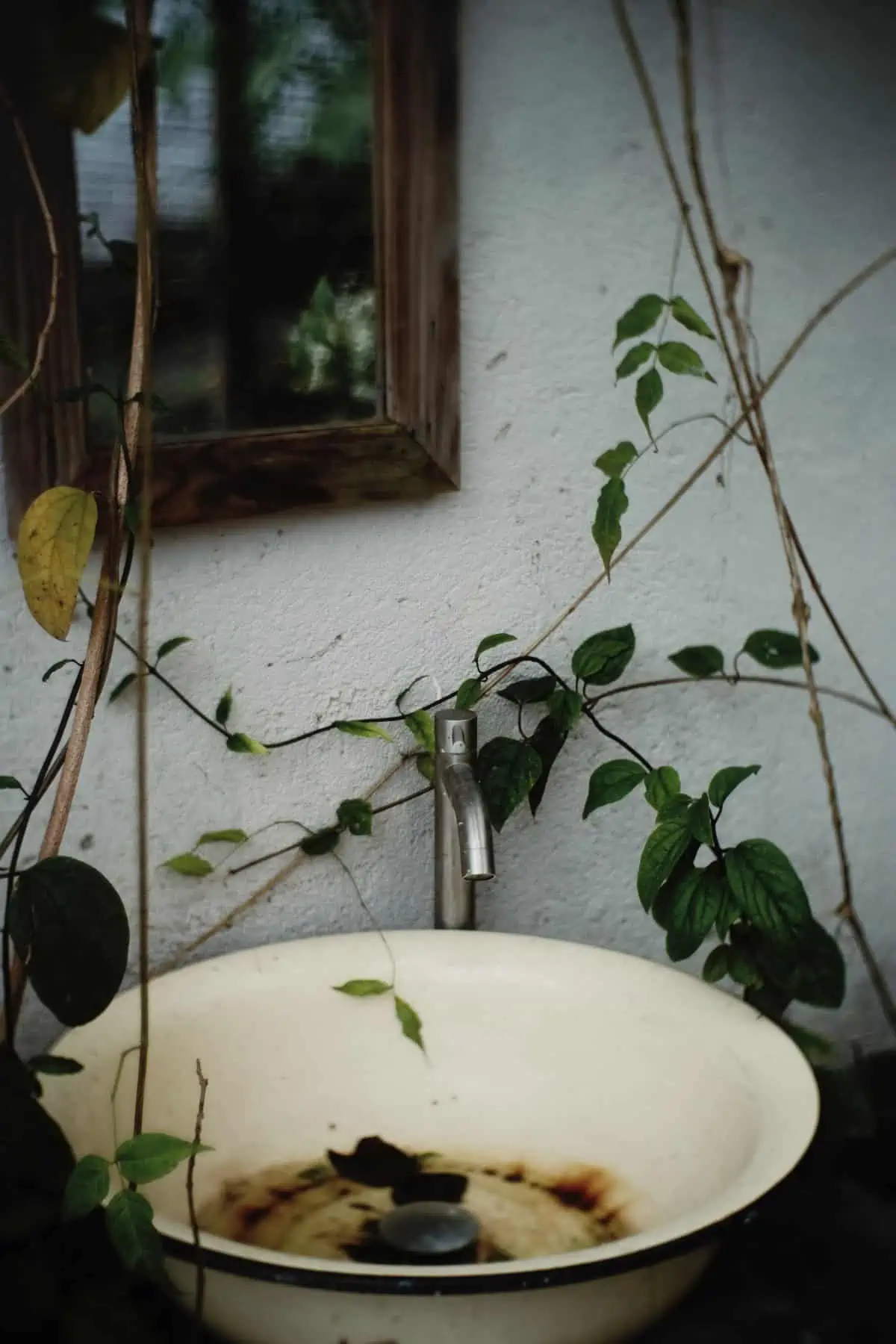



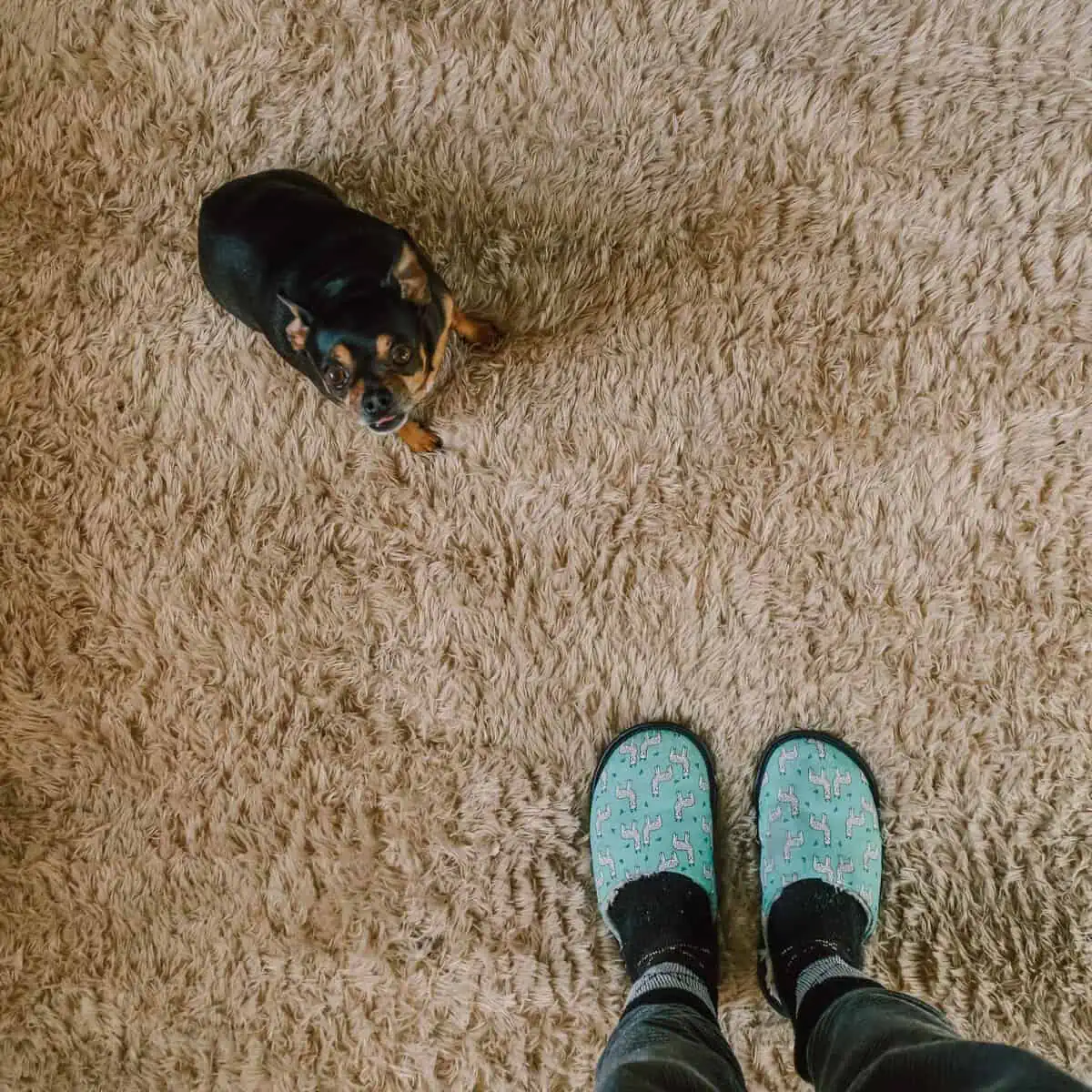
Pingback: Sink Stopper: How to remove a sink stopper - House N Villas
Pingback: How to Add a Bathroom to a Detached Garage? Easy or Complex